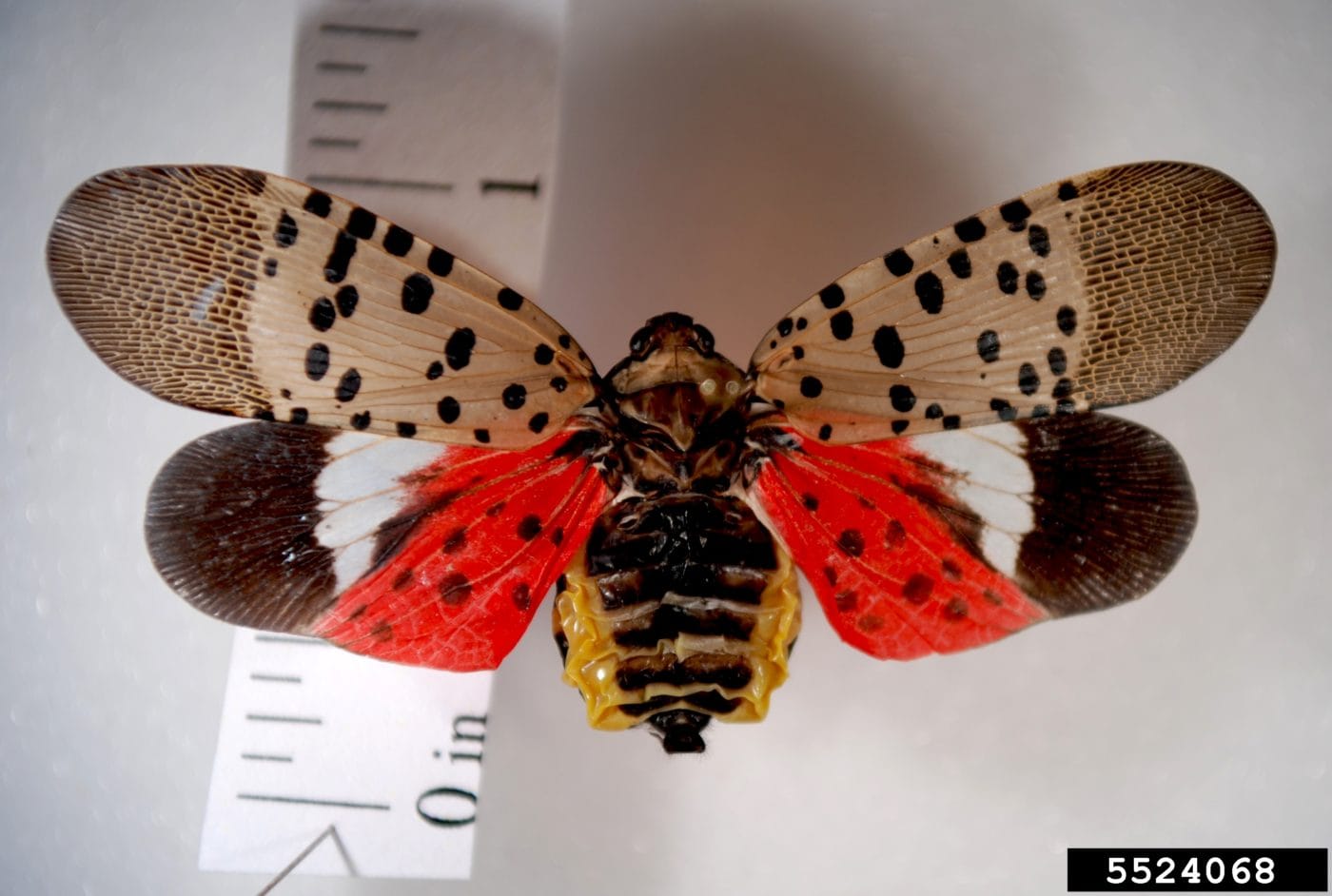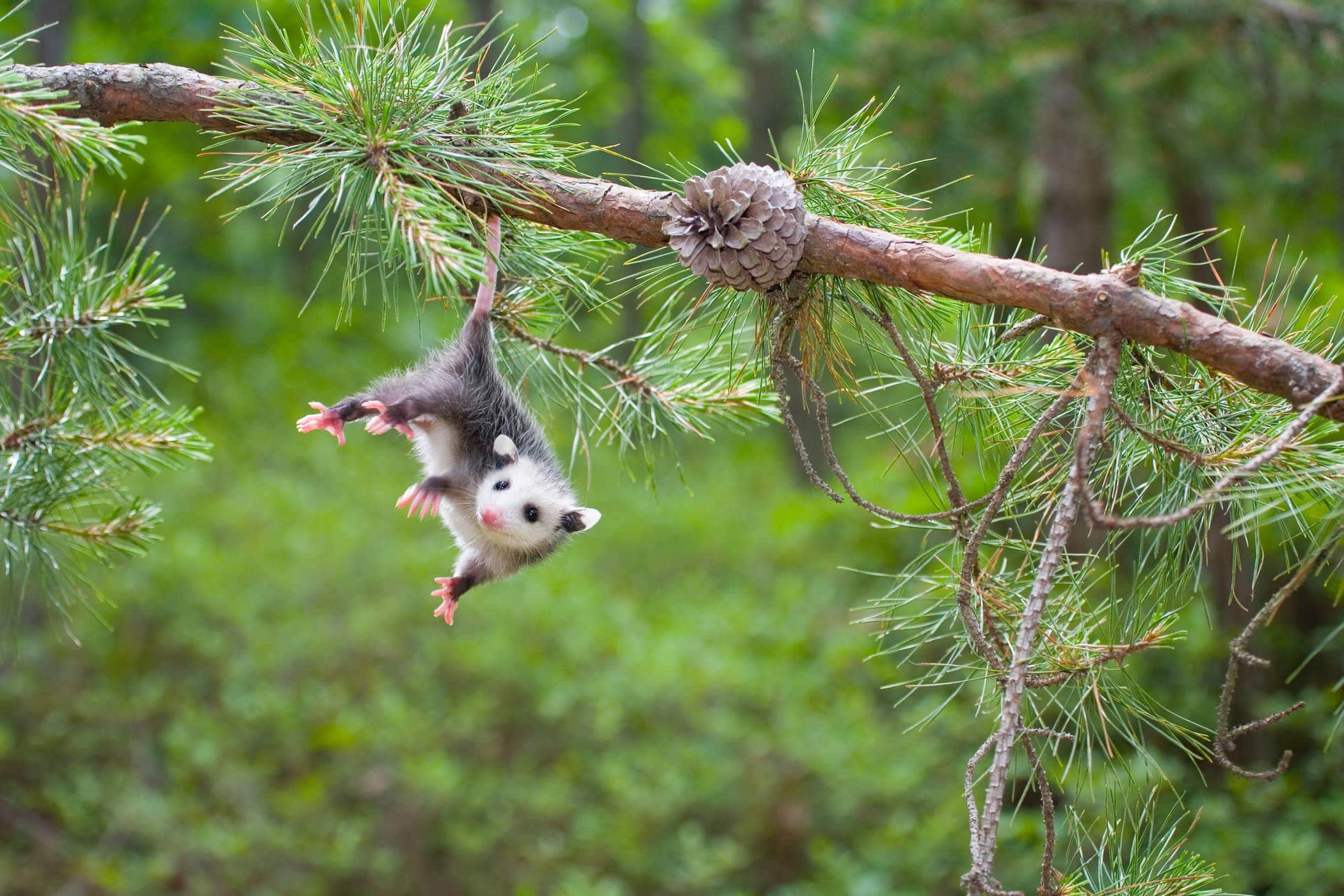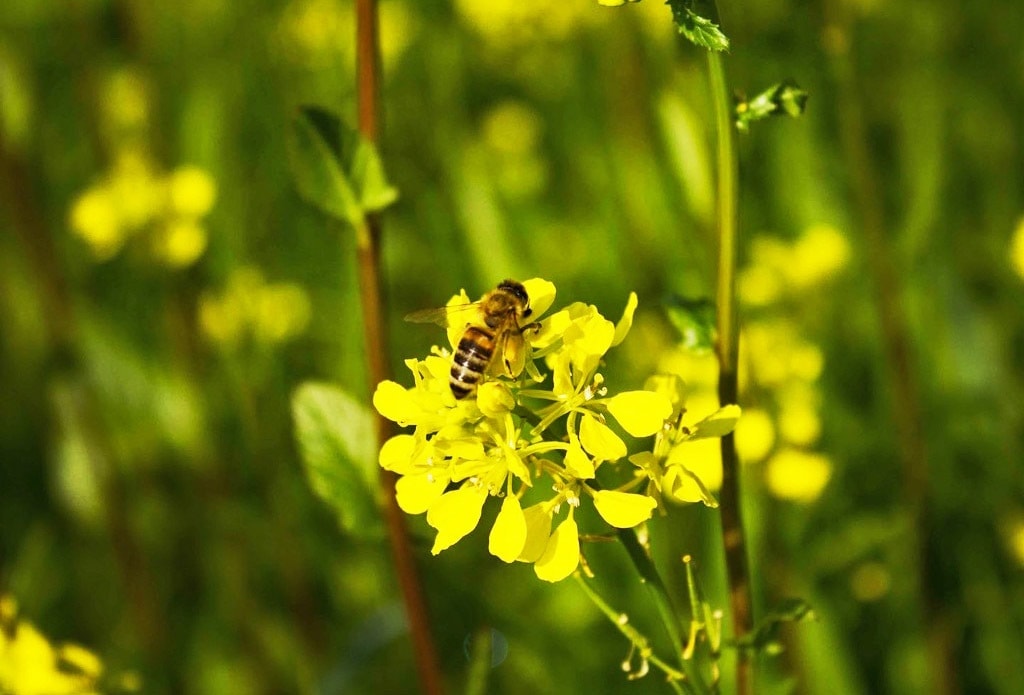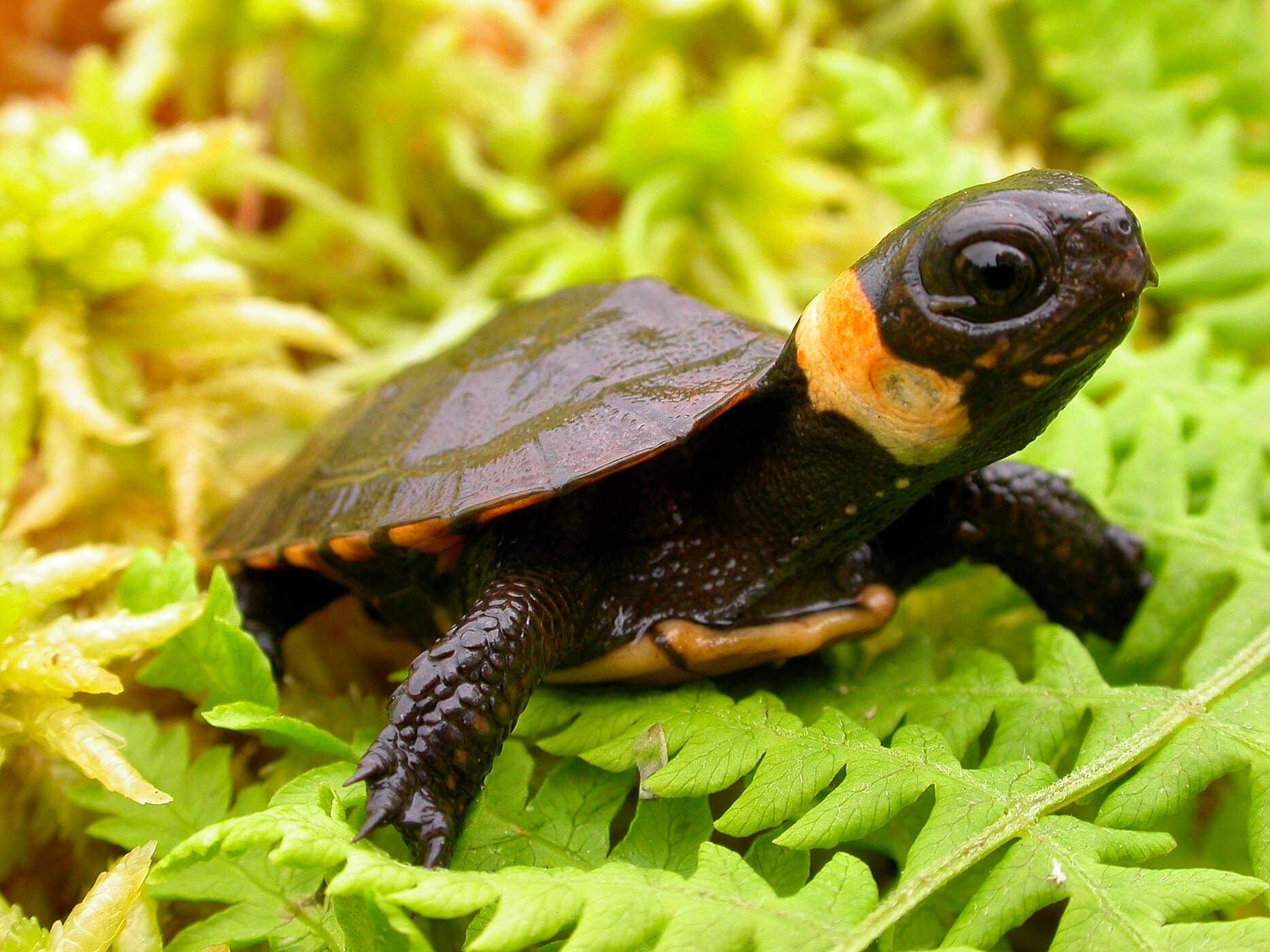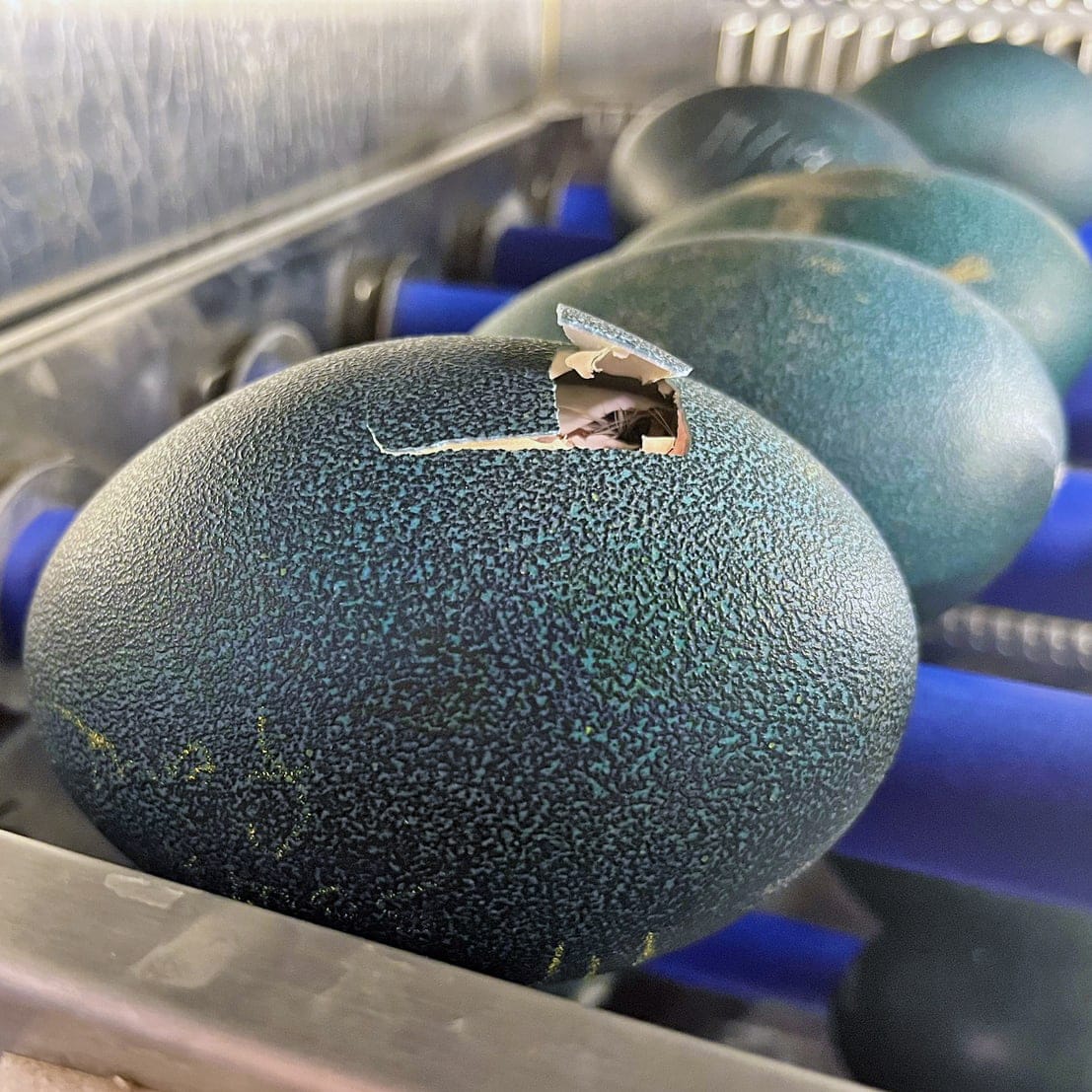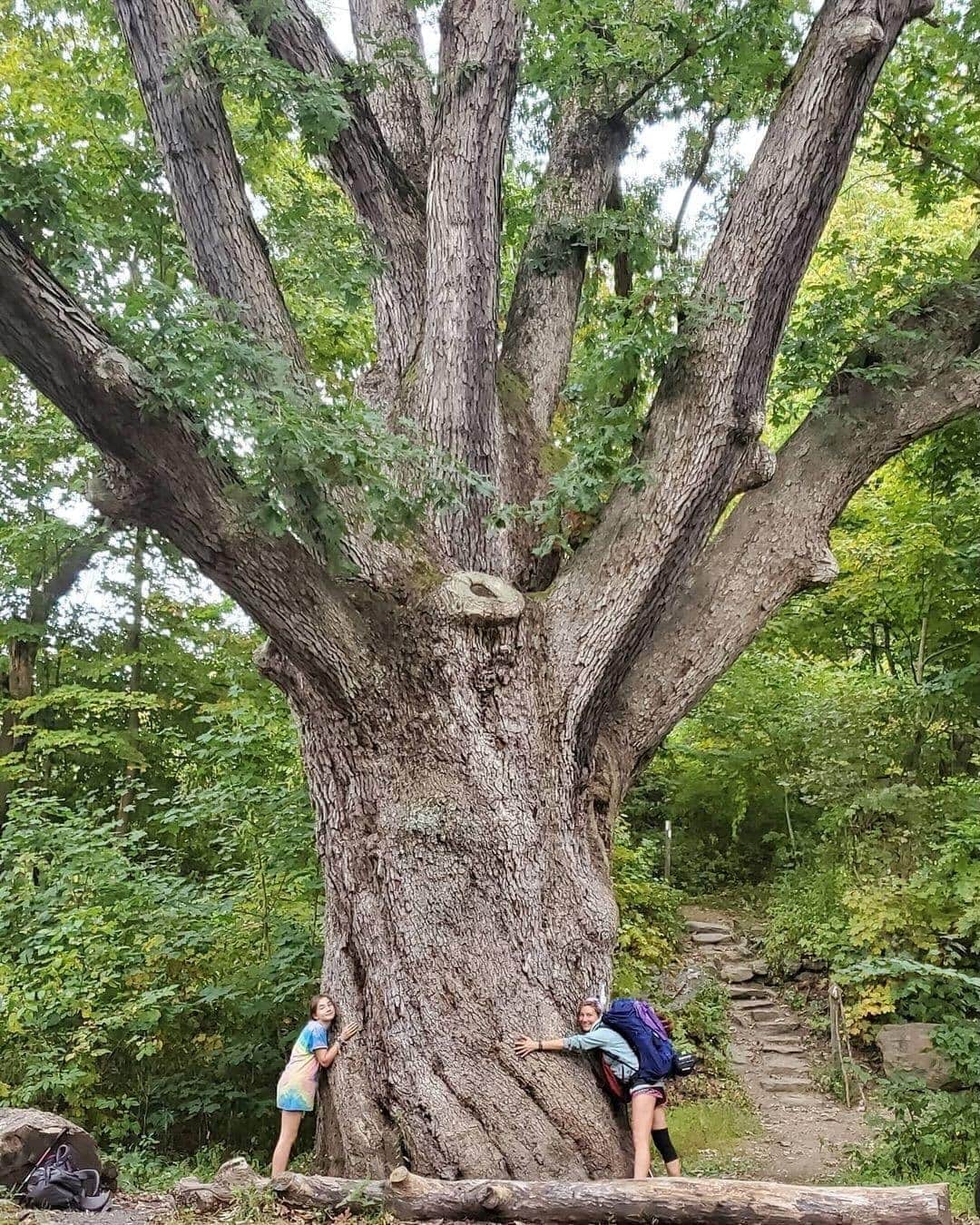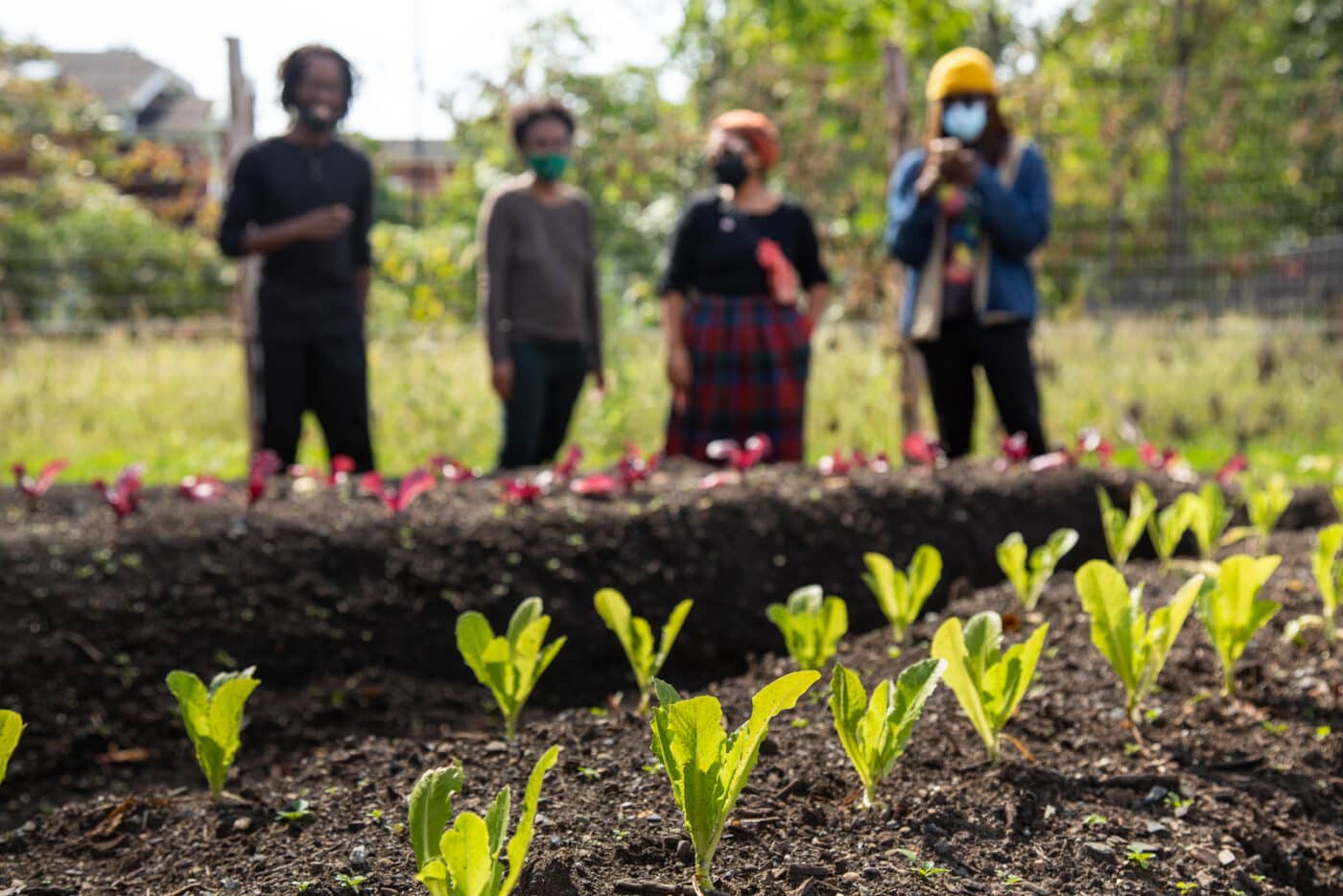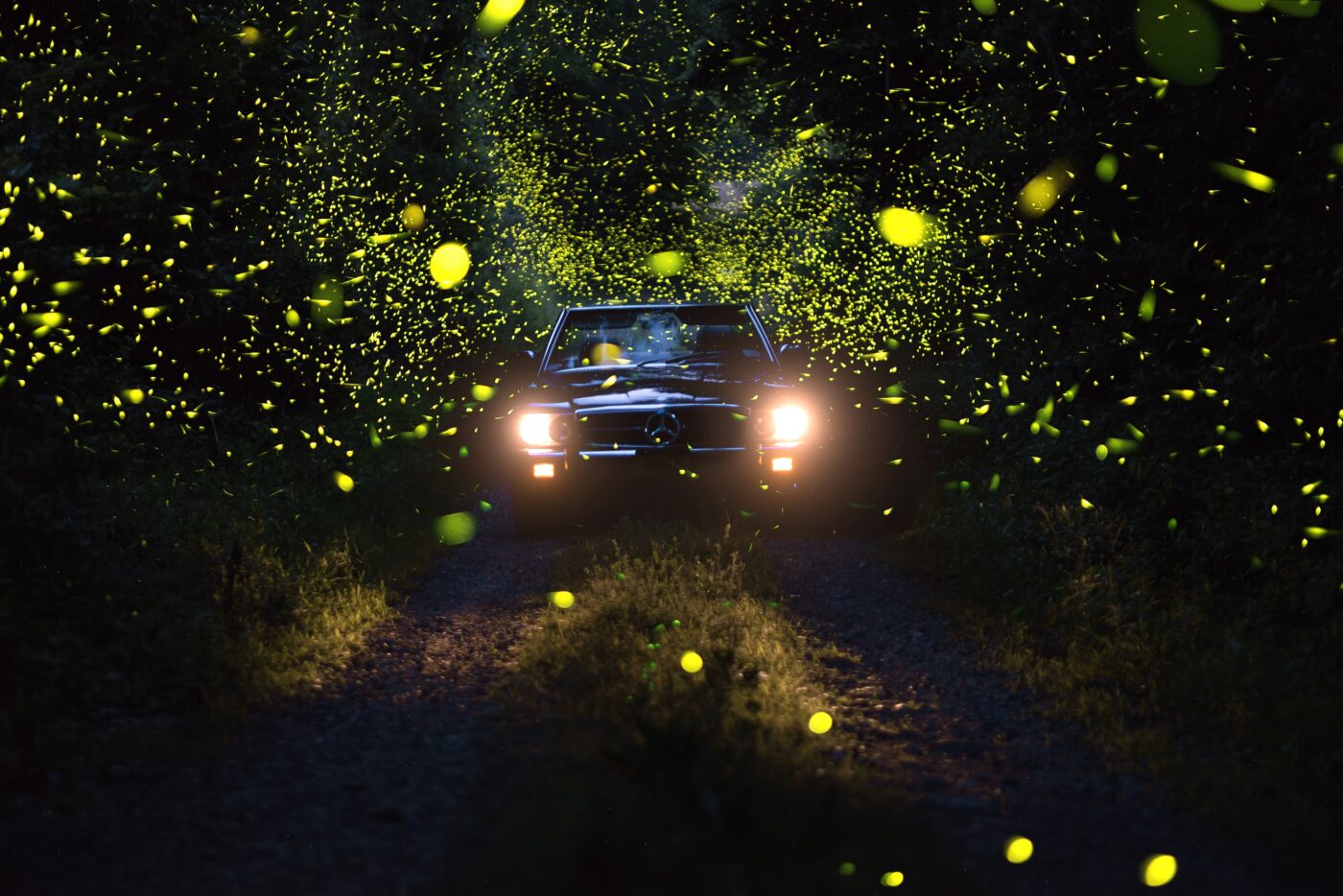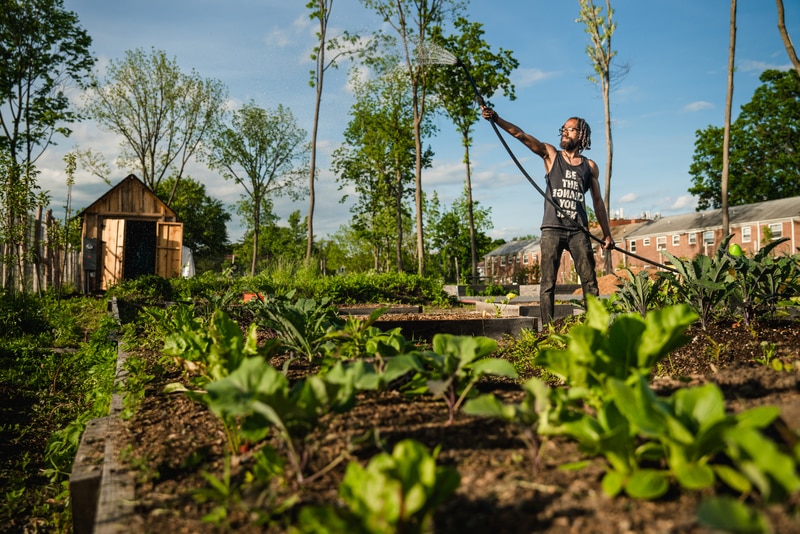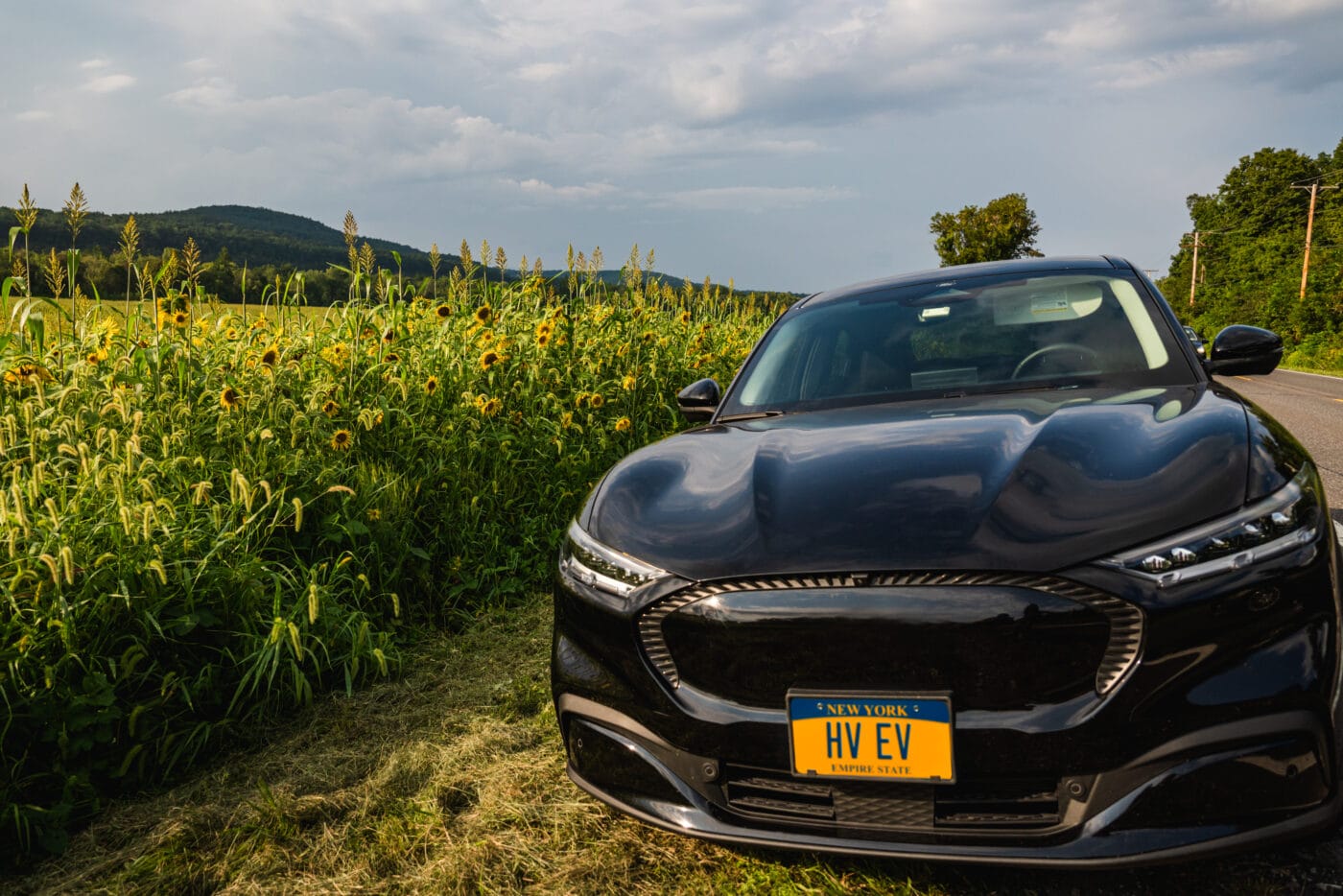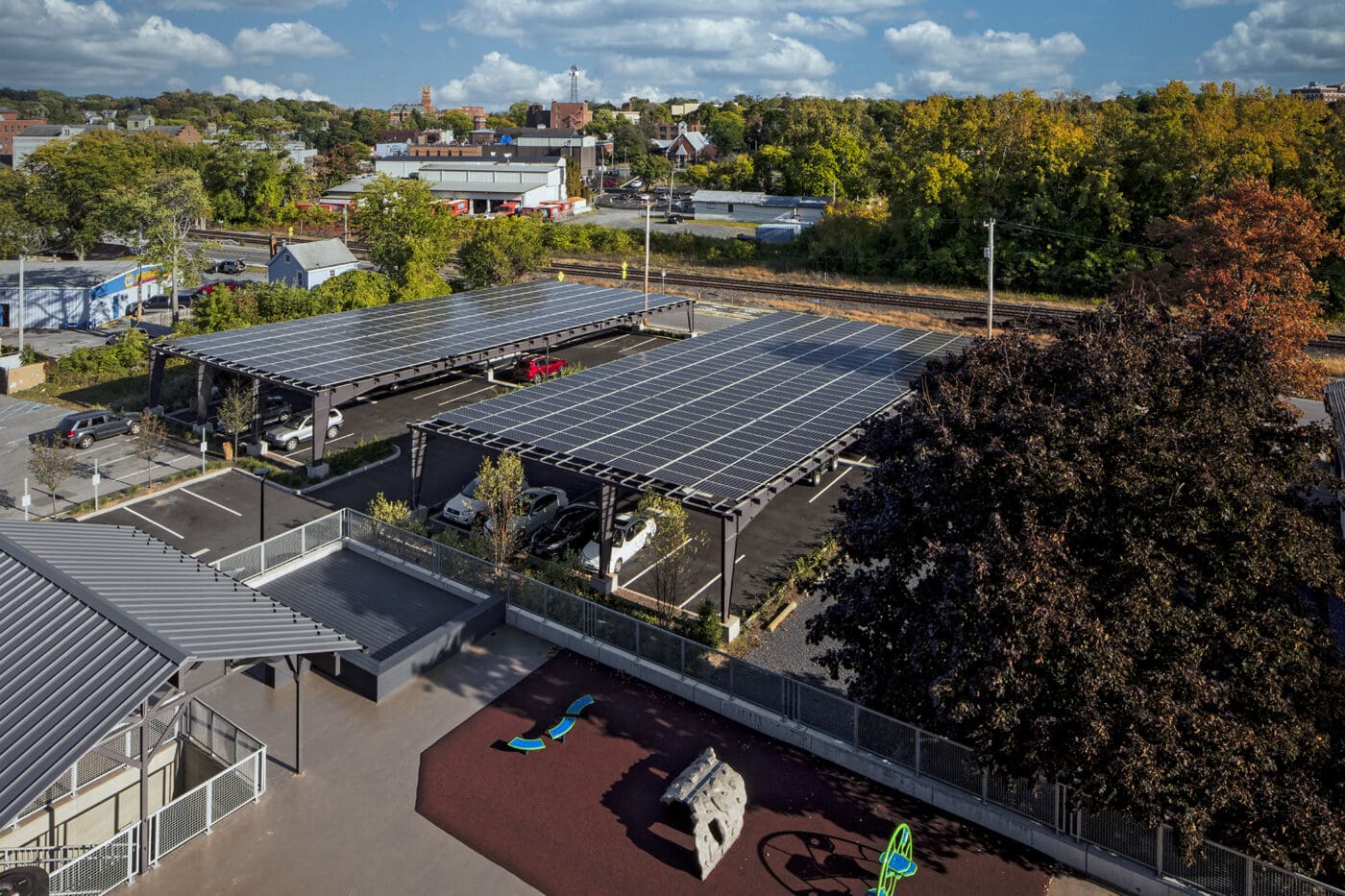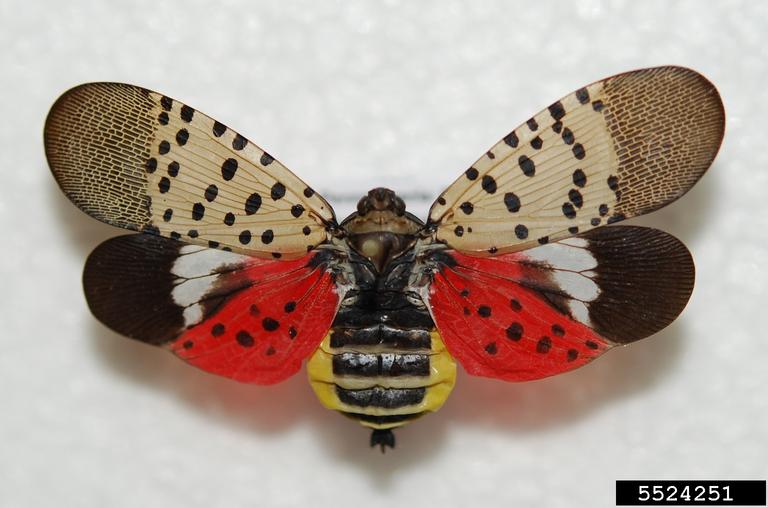
The spotted lanternfly is one beautiful bug. With its wings outspread, an adult resembles an abstract painting, sporting geometric splotches of red, yellow, black and white. Unfortunately, it’s also a very destructive bug — which has led to an all-out effort to prevent it from infesting New York State.
And YOU can support that effort.
Native to China, Vietnam and other parts of Asia, Lycorma delicatula immigrated to the U.S. in 2014, arriving on shipments of stone countertops delivered to Berks County, Pennsylvania. Since then, they have spread into New Jersey, Delaware, Maryland and Virginia. Single specimens of adults or egg masses also have been found in 15 New York counties, including Albany, Orange, Ulster and Westchester.
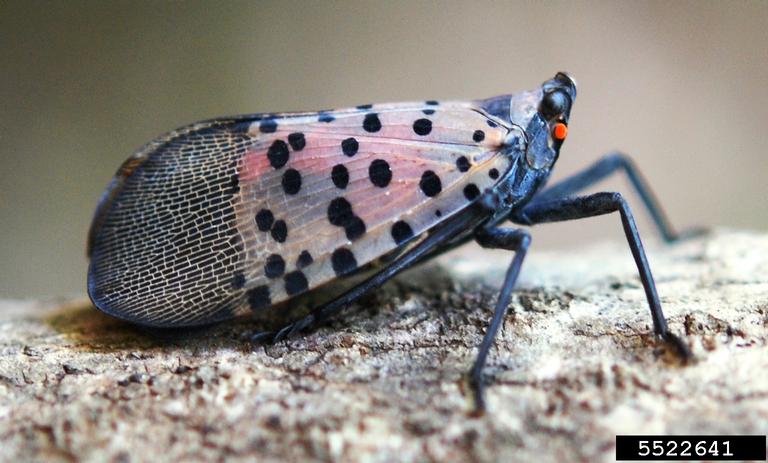
What’s the big to-do? While adult spotted lanternflies feed primarily on ailanthus, also known as tree-of-heaven and itself an invasive species, nymphs feast on some 70 species of plants, including grape vines; fruit trees like apple, plum, cherry and peach; as well as hardwoods such as maples, sycamores and poplars. They suck the sap, stressing the plants and making them more vulnerable to other harmful insects and diseases. In addition, the insects secrete a sticky substance, known as “honeydew,” which attracts molds that limit the growth and yield of fruit trees.
Vineyards in Berks County have been devastated by spotted lanternflies. In New York, they pose a direct threat to the state’s grape and apple harvests, which combine to generate $358 million annually, as well as the state’s $8.8-billion forest products industry.
How you can help keep spotted lanternflies out of N.Y.
Step 1: Be on the lookout
Spotted lanternflies have a distinctive appearance, unlike any other local insects, so if you see one, you’ll know what it is — provided you know what to look for. To get started, check out these illustrated ID tips.
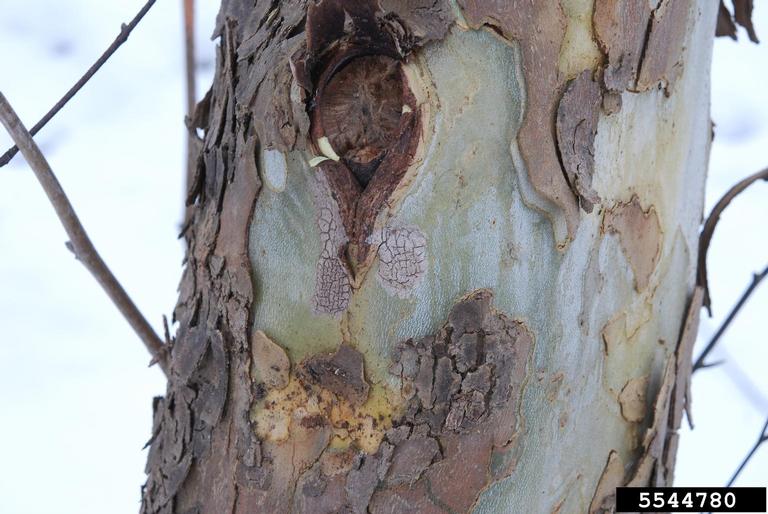
Step 2: Check for hitchhikers
Despite their name, spotted lanternflies are not very good fliers — they much prefer “hitchhiking.” New York State has established checkpoints along main transportation corridors and in cities and rail yards to search for insects coming in on commercial shipments from infested areas. If you travel to a place where spotted lanternflies are a problem — this map shows confirmed locations — check your car or any outdoor equipment for adults, nymphs or egg masses before returning home.
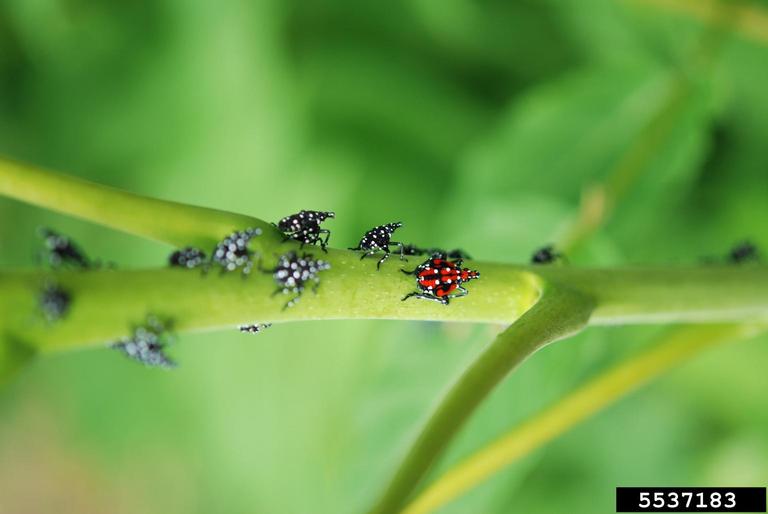
Step 3: Notify NYS
Finally, if you think you see a spotted lanternfly in New York, take some photos and either email them — with the location — to spottedlanternfly@agriculture.ny.gov or fill out this online form. Someone will get in touch with you shortly. If possible, collect a specimen and place it in alcohol or the freezer.
With a little effort, combined with some luck, we can limit the spread of these pests into the Hudson Valley and the rest of N.Y.


